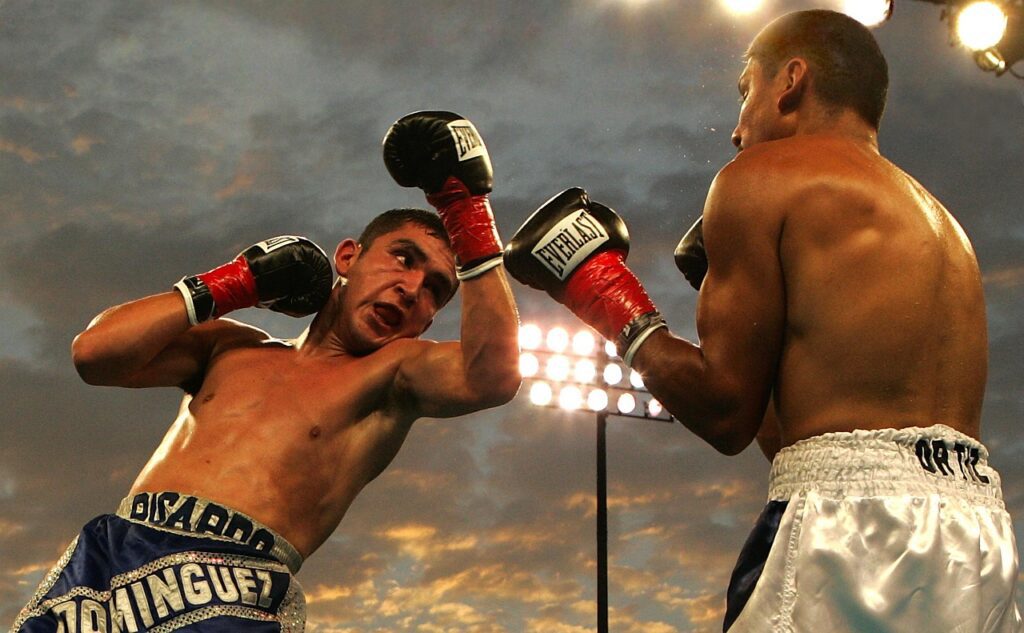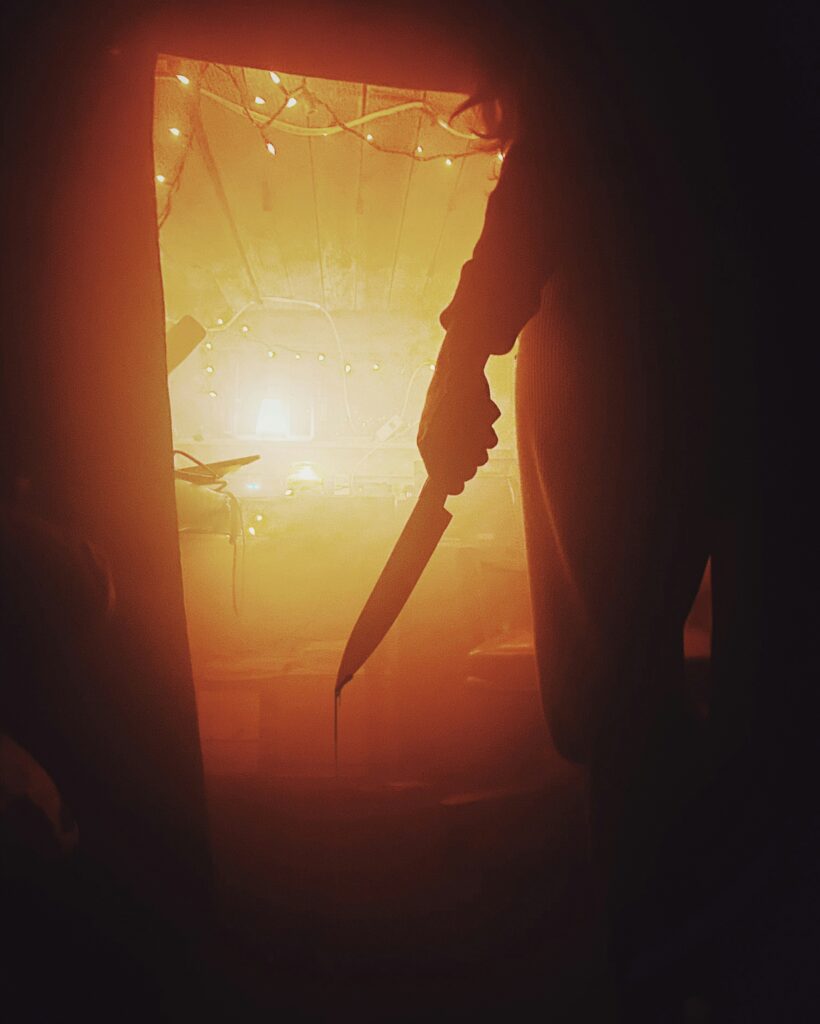What Is Reverse Outlining?
Pacing, plot consistency, and emotional impact are critical to make your book successful. If yours is a little off, try reverse outlining. This video shares the basic steps.
Watch/Subscribe:
https://www.youtube.com/watch?v=E9Ovdz1PY9E
Think of this as finding a statistical way to verify whether you are meeting your intent. You’re trying to use page length and word count to determine if you put the emphasis where you meant to. The more important a scene is, the more time and detail it often deserves.
Take this reverse outlining “rule” with a little grain of salt, however. In my first novel (which I never published), toward the climax, I intentionally wrote each scene to get shorter and shorter until all the story arcs collided into a crucial conflict. But in my most recent novel, the pivotal scene is longer. The two main characters have been holding back tons that they need to get out. But again, it’s about intent and whether the setup leads to the climax well. Do you WANT the critical scene to punch the readers quickly for a knockout? Or do you want it to cut them a million times until they die?

Remember, too, that sometimes, because writers get too attached to their darlings, they struggle with objectivity. You might resist lengthening or cutting a scene because of how YOU feel about it. But let your beta readers help you. If they’re all pointing toward the same point of the novel as where they lost interest, but you love that part, let it go and adjust! Use their feedback to understand how much longer or shorter to go and what’s missing or too much.
